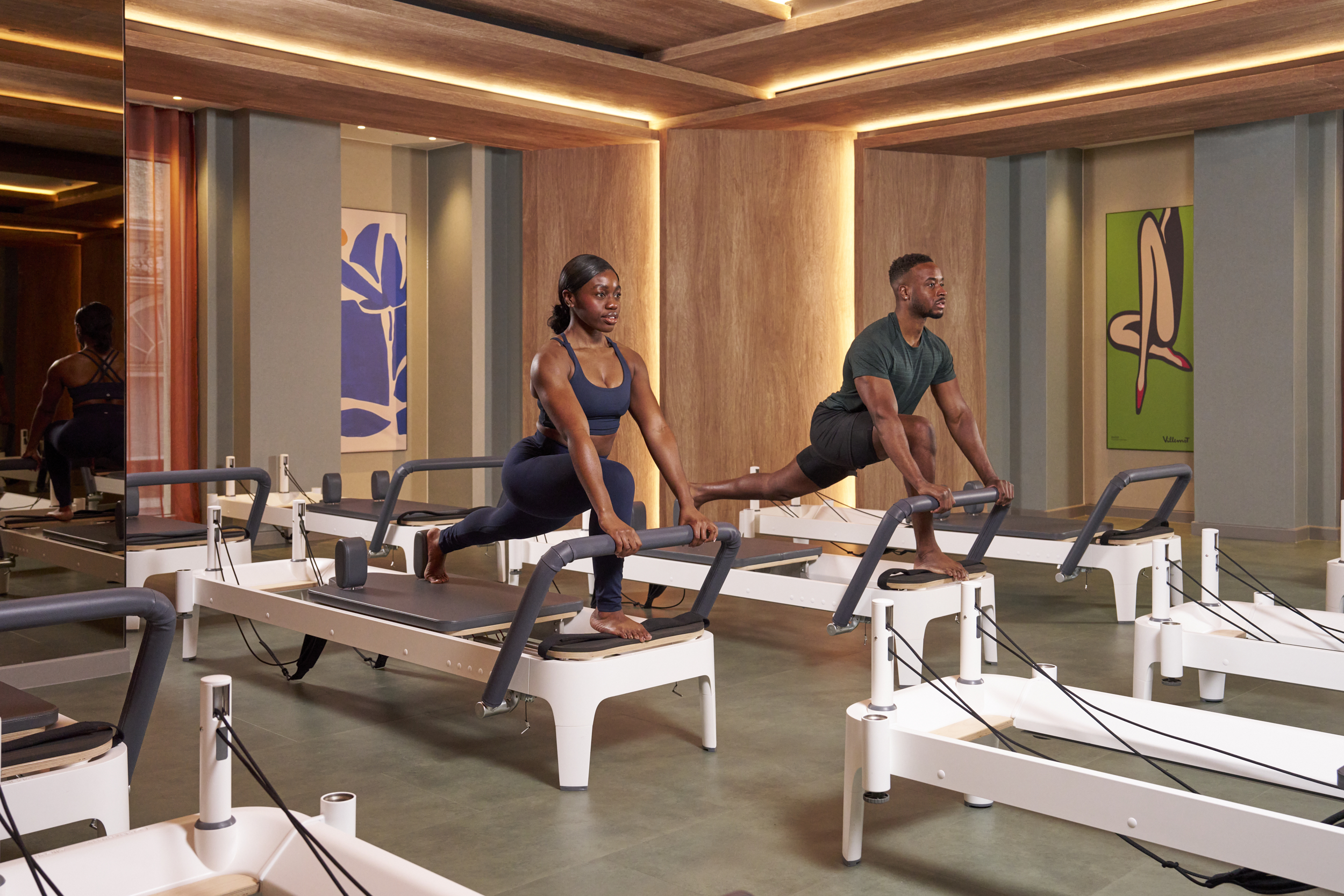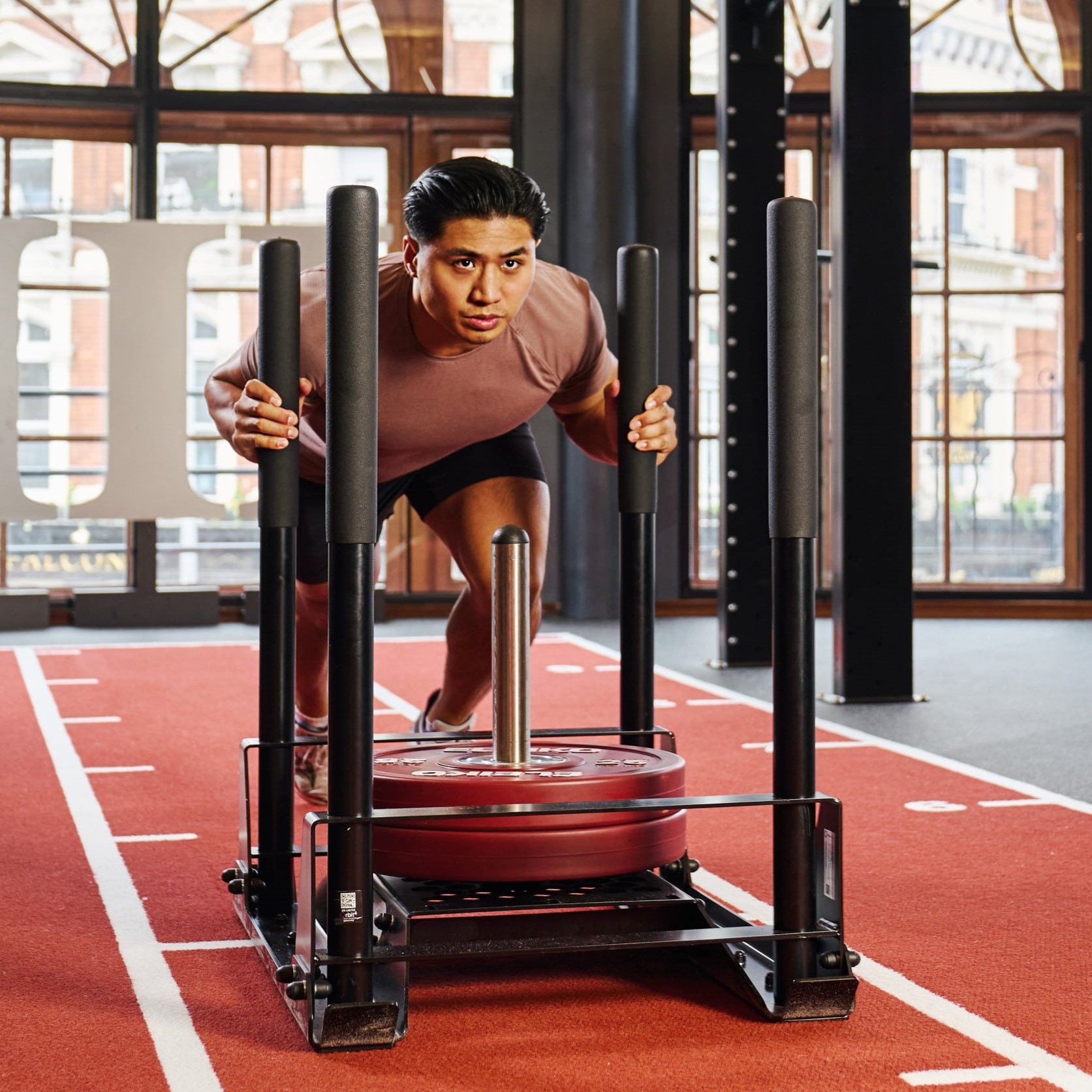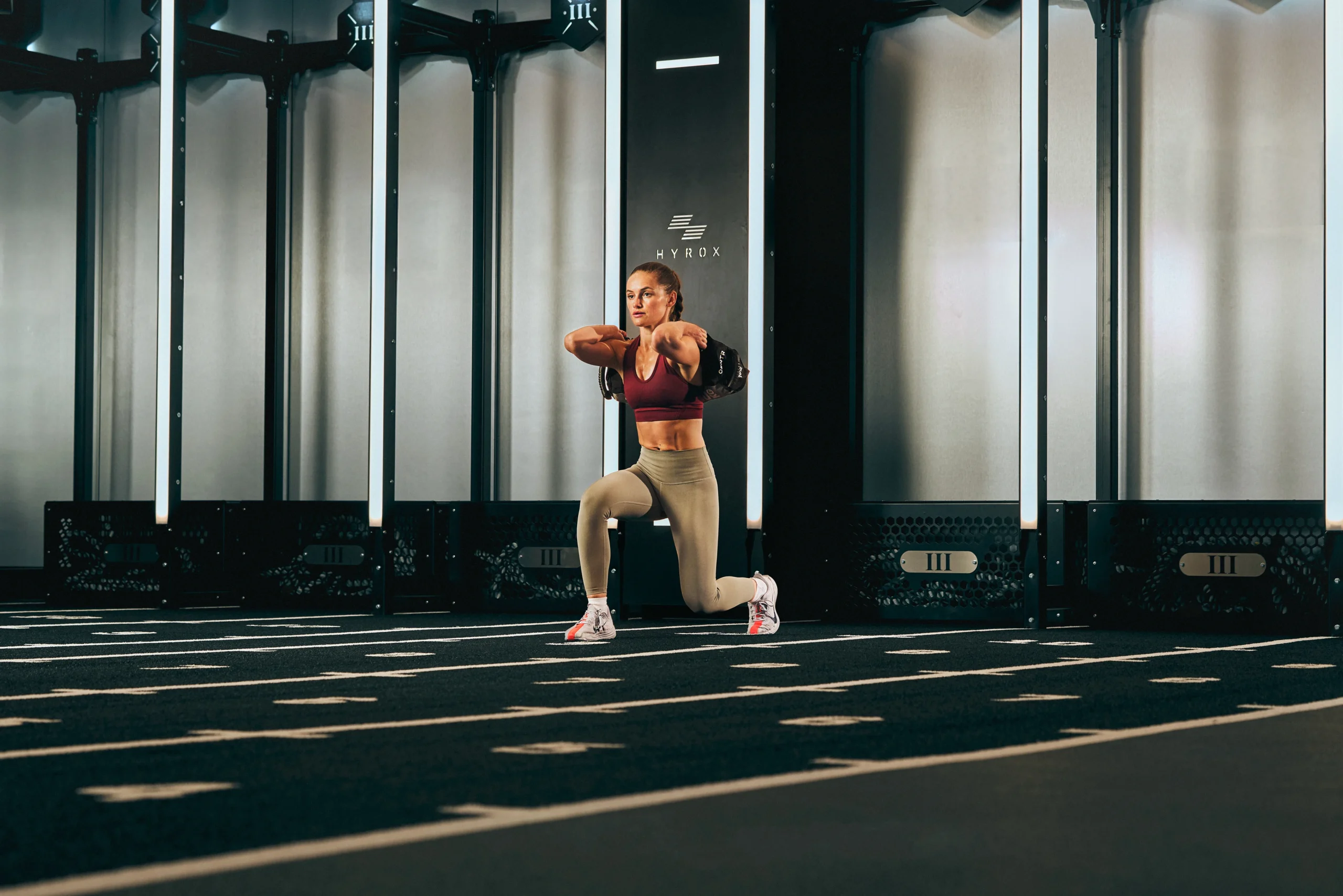- Linkedin Share
- Twitter Tweet
- Email Share
- Copy link Copy link Copied to clipboard
In the pursuit of a toned, defined physique, many people fixate on the idea of “lean muscle”. It’s a phrase that appears in countless headlines and workout plans — but physiologically, it doesn’t actually exist.
As Third Space Master Reformer Pilates Trainer Caroline Bragg helps clarify, muscle is muscle. It can’t be lean or bulky by nature — only larger or smaller, stronger or weaker, more or less visible depending on body composition. The idea of “lean muscle” is a concept shaped more by aesthetics than anatomy.
So, if lean muscle isn’t real, what is the right way to train for a strong, sculpted and athletic body? The answer lies in building quality muscle mass through resistance training — and supporting it with practices like Pilates to refine how the body moves.
The Lean Muscle Myth
The term “lean muscle” is often used to describe long, toned limbs without “bulk.” But muscle tissue is simply muscle tissue. It doesn’t change its quality — only its size and visibility change depending on how you train, what you eat and your overall body fat levels.
To build muscle mass, the body needs external resistance — the kind that places demand on muscle fibres and stimulates them to grow. This process, known as hypertrophy, doesn’t happen through movement alone, no matter how controlled or technical it may be.
Where the confusion arises is in training style. People often associate weightlifting with bulk and Pilates or yoga with a longer, leaner look. In reality, it’s not the modality, but the training variables — load, volume, intensity and recovery — that determine how muscle develops.
The Fundamentals Of Effective Training
To shape a strong, well-defined body, the focus should be on:
- Progressive resistance training to build muscle mass and stimulate the metabolism
- Consistent movement practices that improve posture, alignment and mobility
- Sustainable routines that support long-term adaptation rather than short-term extremes
This is where Pilates and strength training complement each other perfectly.
The Role Of Pilates: Building Your Foundation
Pilates doesn’t build muscle mass in the way lifting weights does. While some advanced exercises do challenge the body through bodyweight or spring resistance, the overall load isn’t sufficient to trigger significant muscle hypertrophy.
But what Pilates does do is train:
- Neuromuscular control
- Core integration
- Joint stability
- Movement efficiency
These elements not only support daily function but enhance your ability to lift safely and effectively in the gym. Rather than being a shortcut to muscle tone, Pilates is a foundation — ensuring that the strength you build through resistance training is balanced, functional and sustainable.
How To Build A Strong, Sculpted Physique
If your goal is to achieve a toned, athletic body:
- Focus on building quality muscle mass and reducing overall body fat through smart, consistent training.
- Lift weights regularly. This doesn’t mean lifting heavy every day — but incorporating resistance and progression over time is essential.
- Use Pilates as your foundation. Let it support posture, coordination and injury prevention so you can train with greater confidence and longevity.
- Prioritise recovery and mobility. Sleep, nutrition and movement quality matter just as much as what happens in the gym.
True strength and a sculpted physique come from consistent, smart training combined with attention to recovery and movement quality. It’s not about quick fixes or specific training styles — it’s about building a body that performs confidently in every aspect of life.



